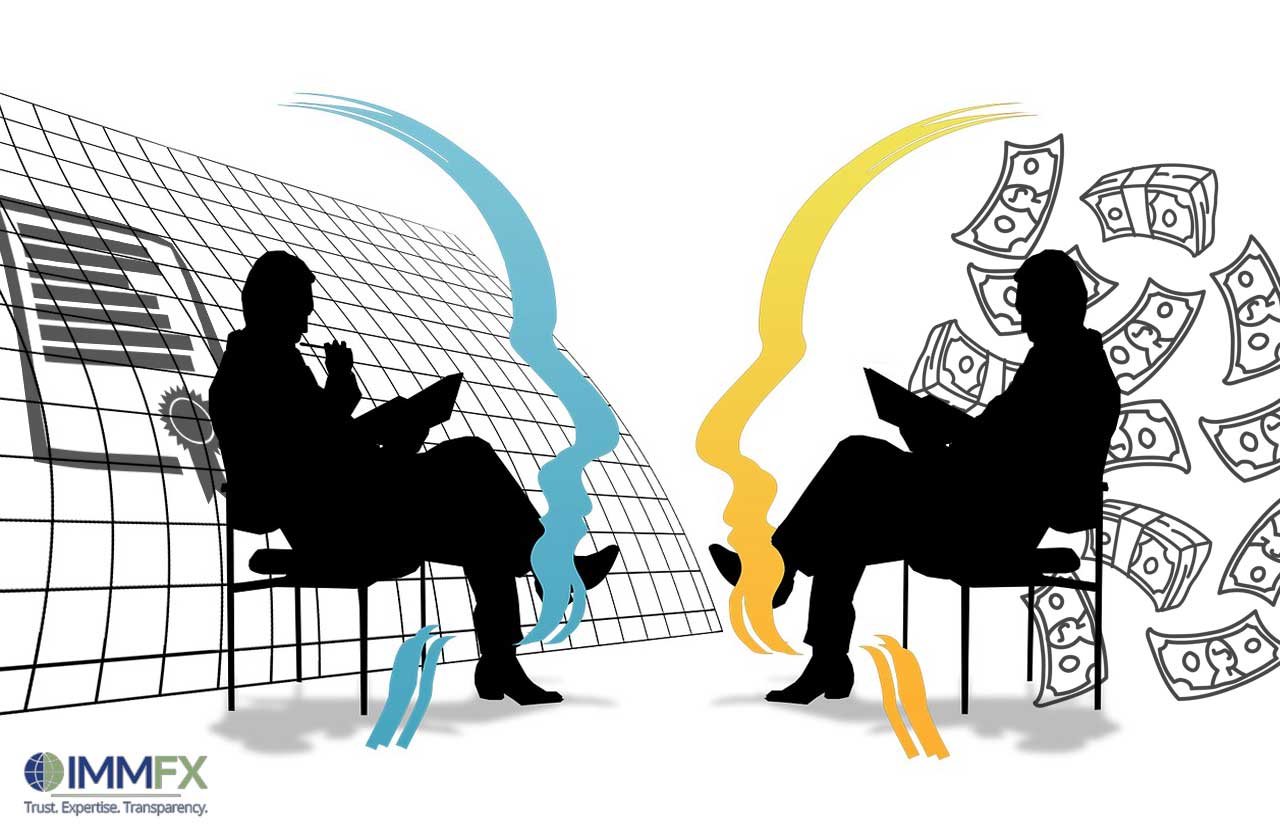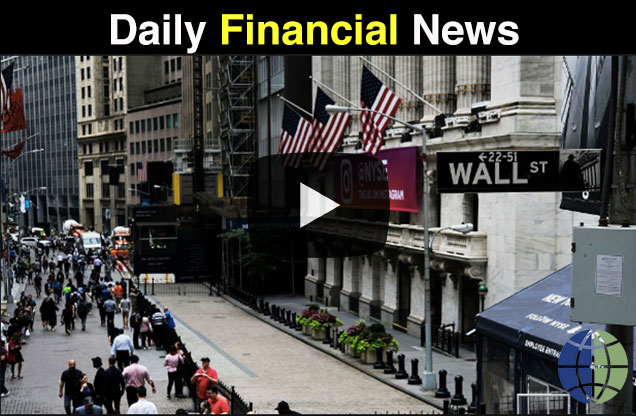Over the years the financial trading industry has evolved dramatically. Today thanks to the Internet, investors can participate in trading from anywhere and anytime they want even when they are on the go. The impressive technological advancements have brought the world of trading to your fingertips. Traders can now make quick buy and sell trading decisions immediately and benefit from outstanding trading opportunities right away.
In addition to this, investors now have a large variety of trading markets to choose from. Trading today has surpassed the traditional stocks and bonds trading market and expanded to commodity, futures, CFD and forex trading.
With so many trading markets at hand, novice investors often face the challenge of selecting a market that is right for them.
Presently, forex and CFDs are two of the hottest trading arenas. There are approximately 120 currencies traded in the forex market every day, which combines to transactions worth trillions of dollars. Both the CFD and forex markets are highly liquid and offer great money making opportunities for traders.
However, to get started with forex or CFD trading, first you must learn the similarities and differences between the two to make a better choice!
Forex Trading
The trading instruments in the forex market are currency pairs. Traders select a currency pair and speculate the strength of the base currency (the first currency in a currency pair) against the quote currency (the second currency in a currency pair).
CFD Trading
CFD stands for Contract for Difference. It is a contract between two parties (the buyer and seller) where the buyer speculates the price difference of the trading instrument. It is an over the counter trading instrument that involves trading of indices, commodities and currencies. It is also known as the equity derivative.
Before we start defining the major difference between trading forex and CFDs, let us first give you an overview of the similarities between the two.
Similarities
Both trading markets have:
- Identical trading execution process.
- No directional trading, which means traders can earn profits whether the market spikes or plunges provided that traders have an accurate directional prediction.
- The cost of trading in both markets is the spread; it can be fixed or floating depending on the financial services broker.
Differences
Trading Instrument Types
The major difference between CFD and forex trading is that CFD trading can include different contract types covering a variety of financial instruments like indices, currencies and commodities, whereas the forex market is purely based on trading currency pairs.
Size
In CFD trading a trader can choose different contracts that vary in currency type and increment value. However, in forex you trade one currency against another in standardized lot sizes.
Market Driving Forces
The contract value in CFD trading is influenced by the demand and supply factor of the underlying asset whereas in forex, the value of trading currency pairs is affected by economic, political and global factors.
CFD Offers Currency Trading But Forex Does Not Offer CFD Trading
Through CFD trading you can enter into a contract for trading currencies but through forex trading you cannot create a CFD contract to trade a variety of trading instruments.


